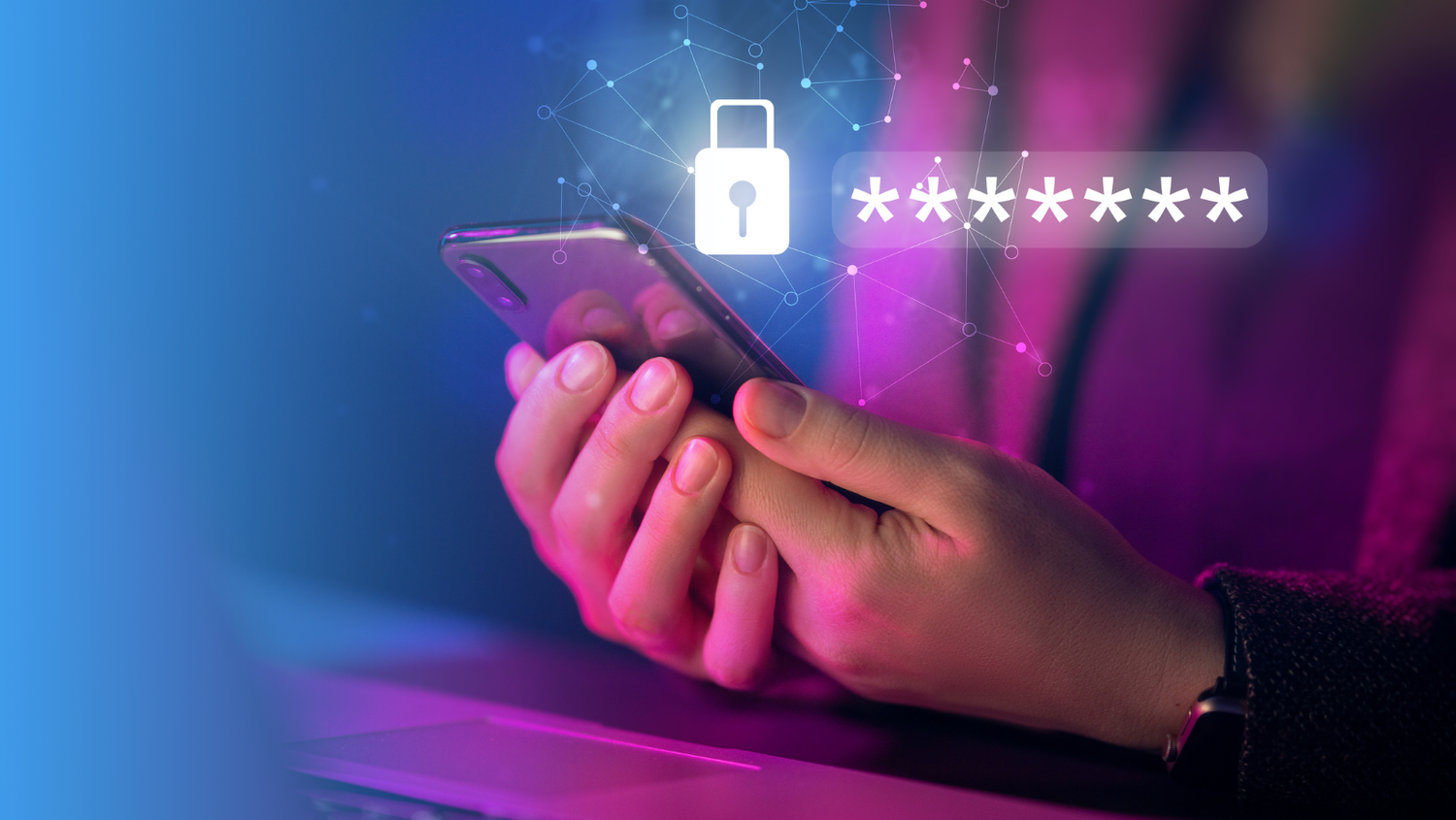Today with changing dynamics in cybersecurity, organizations face a dilemma of insidious threats from cybercriminals, insiders, and advanced persistent threats. The most prominent debate is on Traditional Security Models and the Zero Trust Security Model. Traditional security is typically implemented at the perimeter, but Zero Trust calls for continuous verification and least-privileged access. Knowing the differences between these approaches is important for organizations seeking to improve their security posture.
What is Traditional Security?
Traditional security refers to the castle-and-moat approach, wherein security models operate under the assumption that threats exist outside the organization’s perimeter, while users and systems internal to that perimeter are considered trusted by default. These setups tend to depend on firewalls and VPNs, with intrusion detection systems adding another layer of security to the perimeter.
Once an entity is within the internal environment, whether a user or a device, it is trusted with little or no verification beyond that initial access method. This worked well when an organization’s personnel worked within a controlled environment with on-premise infrastructure. With more remote work and onward from there to cloud services, this model is becoming untrustworthy against the increasing force of cyberattacks. Attackers who do get in start to move laterally within an organization’s network with little inhibition, gaining access to critical business functions and information.
What is the Zero Trust Security?
The development of the Zero Trust Security Model, which has gained adoption across the entire queue of organizations, was documented by Forrester Research. The Zero Trust idea states that one should never trust and always verify; it also means that, since there are internal threats and outside threats, no user, device, or system is trusted by default.
Strict access controls are based on user identity, device security posture, and real-time monitoring. The access is given on multiple credentials instead of one-time authentication; Zero Trust requires validating entities periodically at various steps while accessing sensitive resources.
Some key concepts of Zero Trust include:
- Continuous Authentication: This verification of users and devices is repetitive for FBI rather than granting unrestricted access after a single sign-on.
- Least Privilege Access: Permissions are given on a need-to-know basis to ensure that users and applications only have access to what they need.
- Micro-segmentation: Networks create smaller, isolated sections to limit the ability of threats to spread should a breach occur.
- Adaptive Security: AI and machine learning work in tandem to analyze behaviors and detect potential threats in real-time.
First Distinguish Between Zero Trust and Traditional Security
While the two approaches may differ in some aspects, one major difference would have to be between zero-trust security and old traditional security. The old method relied on trust-and-then-verify once within a network, whereas the new method of security continues verification at all access points. Historically, most security measures depended on perimeter defenses. Since traditional security makes heavy use of firewalls and VPNs to keep threats outside, Zero Trust considers threats as having possibly entered the network.
Why Define Zero Trust as the Future of Cybersecurity
They also call cyber risks advanced, which is no more a bit of comfort for organizations that still cling to historical security practices that treat confinement by borders as safe. It truly transforms into a security framework that proactively takes action but is dynamic and strengthens all requirements before a person gets to that level of trust and action. The rise of cloud computing, hybrid workforces, and an increasing number of cyberattacks make it essential for organizations to adopt a security model that prioritizes verification and control.
Conclusion
Old security models helped in the past, but that has now changed as old solutions are inadequate to face today’s advanced cyber attacks. The Zero Trust model provides an effective, easily customizable, and future-oriented model because it does away with implicit trust and always requires authentication and least privilege access. Organizations will have to adopt a zero-trust approach to ensure adequate protection of their digital assets and effectively secure operations, as threats will always continue transforming in nature.












